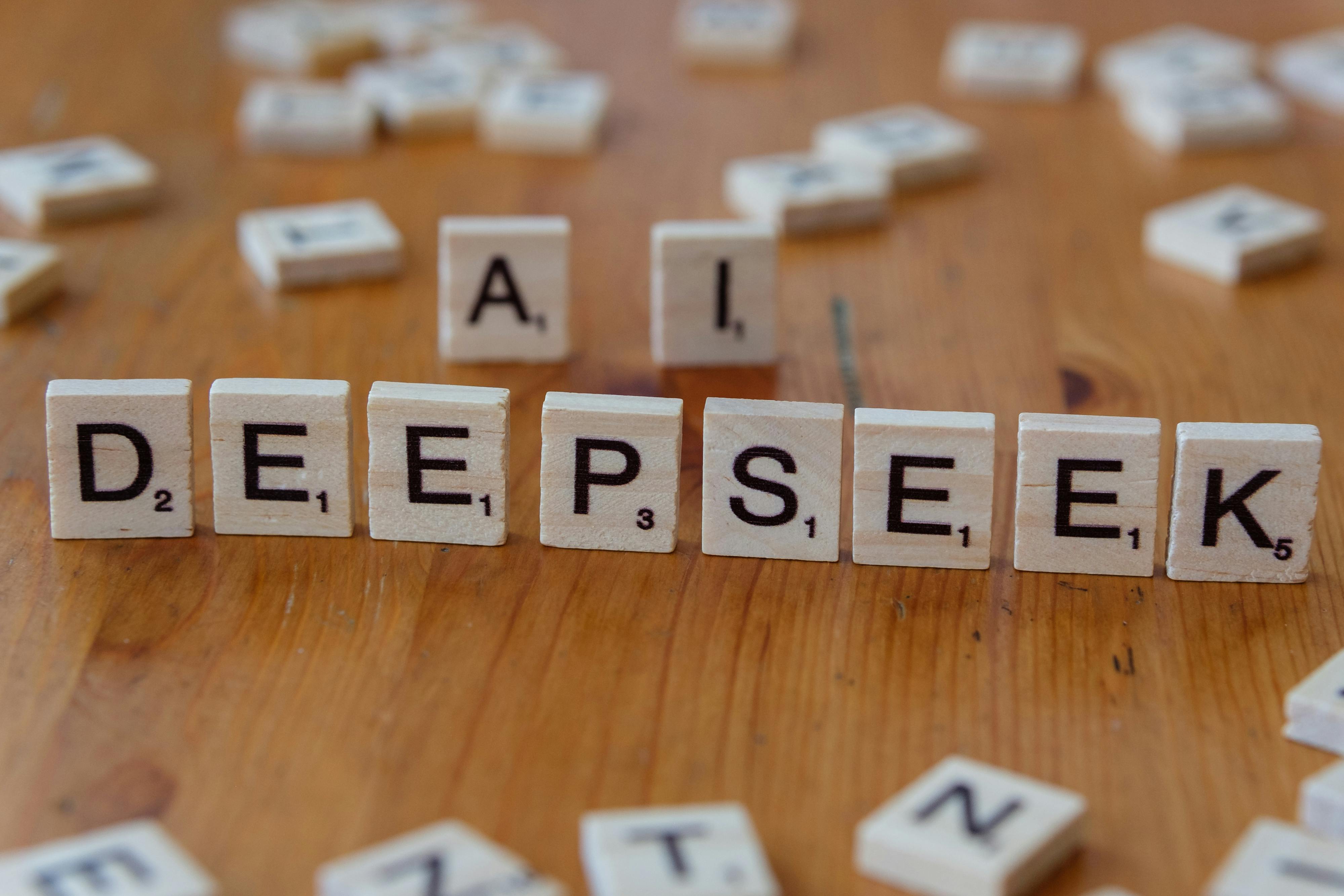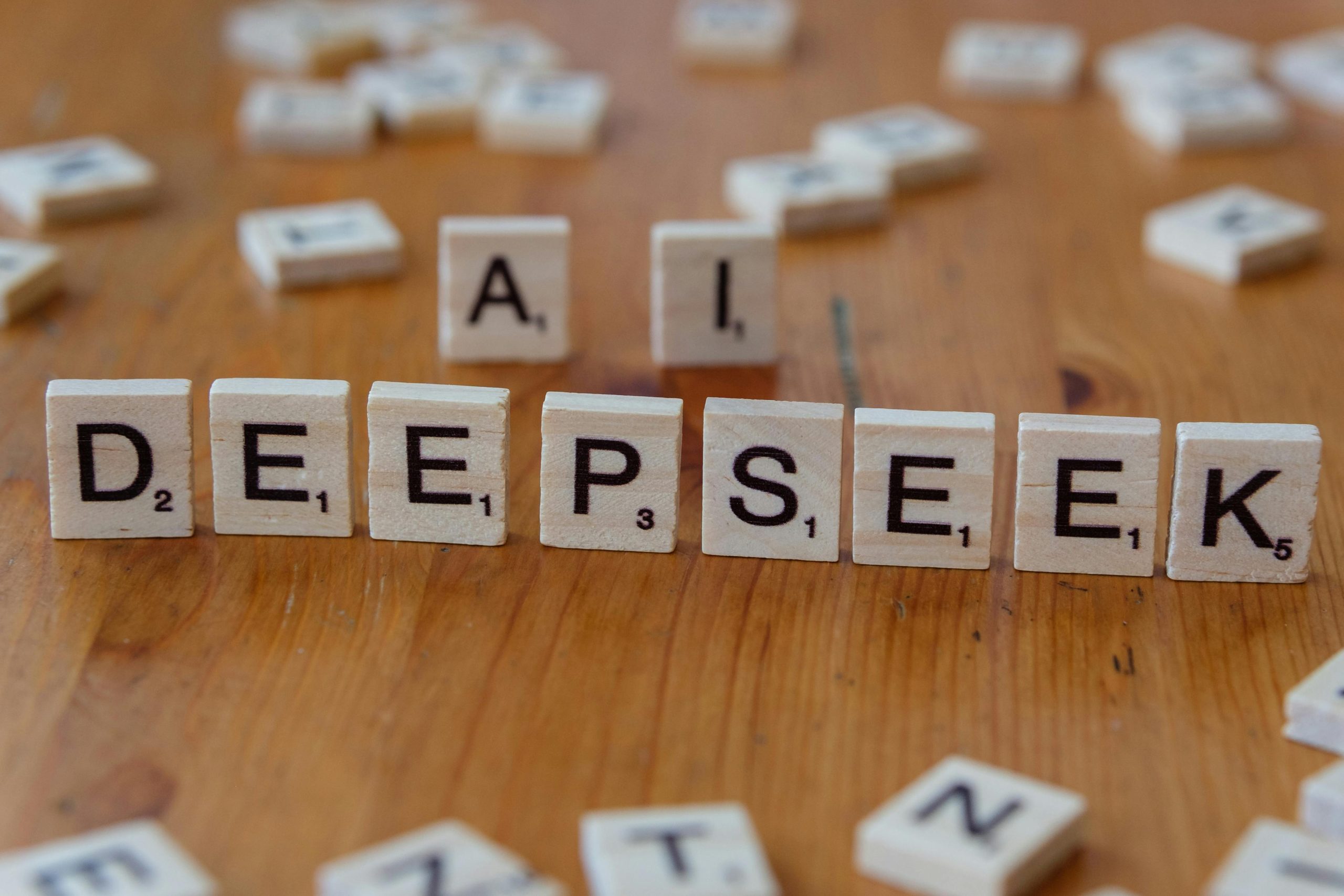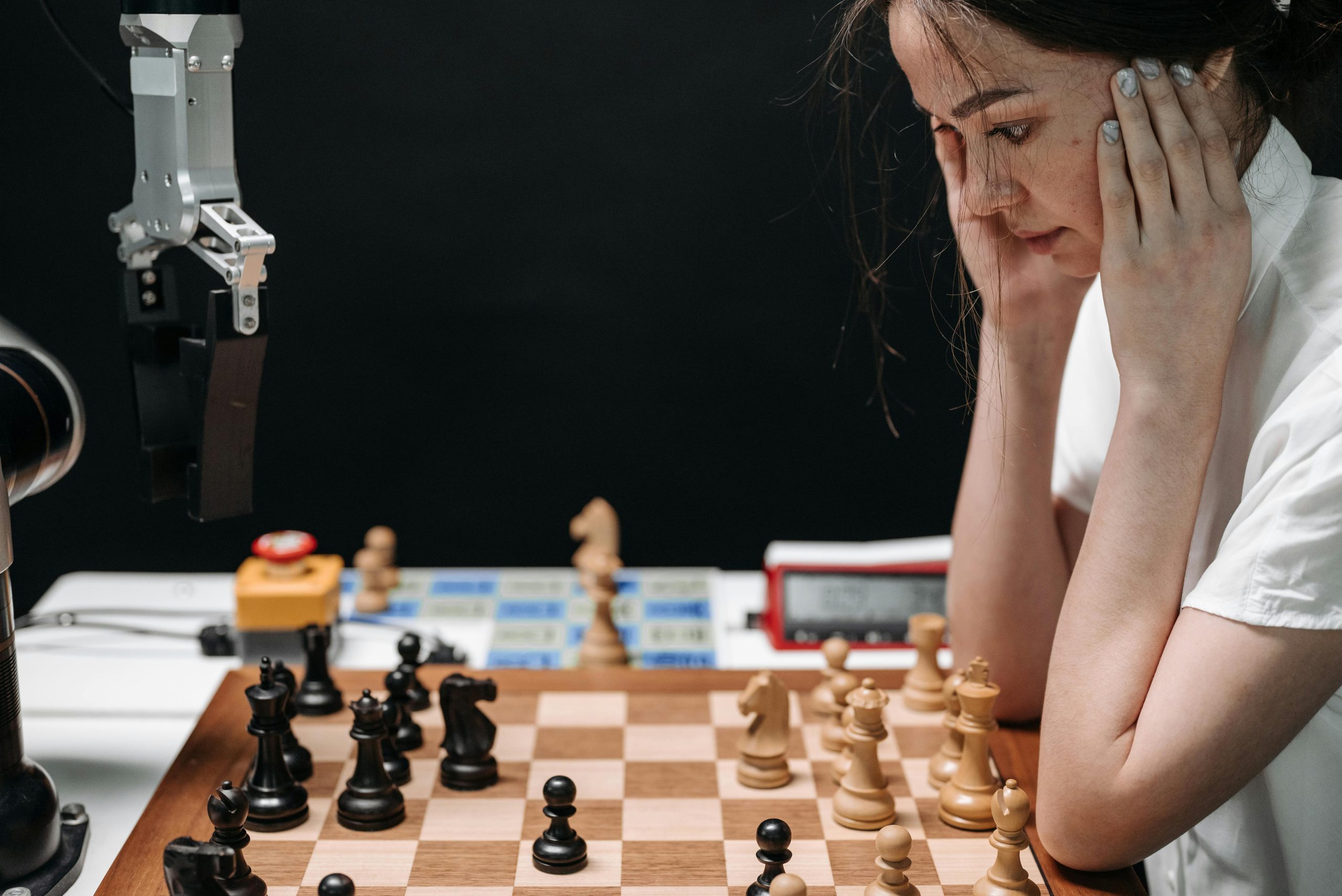
IV. Operationalizing Vision: The Role of Acquired Teams and Future Timelines
Vision without execution is hallucination. OpenAI has secured the talent; now comes the intricate, difficult work of integrating these disparate, highly specialized groups into a single, cohesive machine capable of shipping revolutionary products. This requires deliberate structuring and, crucially, patience.
A. The Transition of Io Personnel into a Dedicated Hardware Unit
The fifty-five individuals joining OpenAI from io were not simply absorbed into existing engineering departments. They were tasked with forming the backbone of a newly established, dedicated hardware development division headquartered in San Francisco. This structural decision speaks volumes about the seriousness of the commitment, implying a direct reporting line that gives hardware development parity with large model training.
The immediate mandate for this specialized group, according to leadership briefings, is to transition from the conceptual designs and prototypes—which internal reports suggest are already quite exciting—to designs that are scalable and manufacturable. This requires an intimate, day-to-day engineering collaboration with the very teams building the AI infrastructure that will power these new devices.
B. The Critical Two-Year Runway for Ambient Device Realization
Perhaps the most telling strategic move is the timeline communicated to the public and investors for the first major output from the Ive-led effort: a launch window targeting 2026. This extended runway is a deliberate strategic statement. It’s a refusal to rush a product that risks repeating the mistakes of previous, often cumbersome, early-stage AI hardware attempts.
This extended period is necessary to ensure two things align perfectly:. Find out more about OpenAI dedicated hardware development unit formation.
This patience contrasts sharply with the rapid-iteration cycles common in software. It signals a focus on long-term product quality, ecosystem relevance, and true market impact over chasing quarterly release schedules. You can’t rush a paradigm shift.
C. The Post-Acquisition Integration Strategy for Desktop UI Experts
For the team specialists from Software Applications Incorporated—the group focused on desktop user interface mastery—the integration timeline is expected to be far more compressed. Their expertise offers immediate, tangible value.
The strategy here involves embedding these UI/UX specialists directly within the core product teams currently responsible for the ChatGPT desktop client and any other locally installed AI offerings. This infusion of platform-specific interaction pattern knowledge ensures that user interface improvements can be rolled out in smaller, iterative updates throughout late 2025 and into the next year. While the grander hardware vision matures behind the scenes, the current user base gets immediate benefits—a smart way to keep current subscribers engaged while the future is being built.
V. Philosophical Underpinnings: Bridging the Gap Between Concept and Interaction. Find out more about OpenAI dedicated hardware development unit formation guide.
Why spend billions on design and software experts instead of just buying more GPUs? The answer lies in a profound philosophical shift regarding the role of AI in our lives. The technology is becoming powerful enough; now the challenge is making it human enough.
A. Reconciling Advanced AI Capabilities with Human-Centric Design Principles
A central theme articulated by both the AI architects and the new design leaders is the necessity of harmonizing incredibly powerful, yet often opaque, artificial intelligence with fundamental human needs and interaction patterns. The founders of io have long championed the belief that the current digital experience is suffocating us with screens, leading to measurable digital fatigue. Their amplified mission, fueled by OpenAI’s resources, is to engineer tools that utilize the latent intelligence of LLMs to be functional yet almost invisible when not in active use.
This philosophical alignment is the bedrock of the entire acquisition strategy. They believe the most transformative AI tool won’t be the one that can generate the most text, but the one that requires the least conscious effort to engage with effectively. Think of it as designing for cognitive ease, not just feature breadth. If you want to see what this looks like in practice, look at the design philosophy behind human-centered AI design principles in modern application development.
B. The Concept of the “Magical Hardware Product”
Early commentary surrounding the io deal referenced a specific, almost mystical goal: the creation of a “breakthrough” device capable of establishing a “new paradigm” for hardware interaction. This implies the objective transcends mere refinement of existing product categories—it targets the creation of something that feels fundamentally new, intuitive, and surprising, much like the first time the public encountered tactile computing devices that truly captured their imagination.
The pursuit of this “magical” quality suggests a design process that prioritizes surprise and delight alongside utility. It means the final product must not just be a capable tool; it must be an object of desire that actively alters user expectations for all subsequent technology. This pursuit is why talent like Ive’s is invaluable—he understands the alchemy required to turn silicon and code into something people connect with on an emotional level. For a deeper dive on this psychological aspect of tech adoption, consider exploring current research on technology adoption psychology.
VI. Expansion of OpenAI’s Portfolio Beyond Generative Models
The moves in design and interface integration are only part of the story. OpenAI is rapidly maturing from a research lab focused on a few breakthrough models into a comprehensive technology powerhouse intent on controlling the entire stack.
A. The Shift from Pure Model Development to Full-Stack Technology Company
These strategic acquisitions clearly mark OpenAI’s transformation from an organization known primarily for its large language models (GPT series) and image generators (DALL-E) into a fully integrated player. They are now layering significant capabilities in industrial design, specialized desktop software engineering, and manufacturing consultation on top of their AI foundation.
By bringing hardware design, systems integration expertise, and specialized UI talent under one roof, OpenAI is asserting its role as a comprehensive platform provider. This isn’t just about selling API access or subscriptions; it’s about owning the end-to-end user experience. This horizontal expansion is a crucial defensive strategy as competitors aggressively work to replicate their core model capabilities.
B. Diversification Through Specialized Product Acquisitions in Two Thousand Twenty-Five
The acquisition spree in 2025 extends well beyond just interface and design talent. It paints a picture of controlling quality, infrastructure, and the product feedback loop:. Find out more about OpenAI dedicated hardware development unit formation strategies.
Together, these moves form a coherent strategy: control the compute, control the product testing, and control the final user interaction.
VII. Potential Challenges and Hurdles in Execution
Building the world’s most valuable startup is one thing; building a successful, physical consumer product ecosystem is another entirely. The road from a $6.5 billion all-equity deal to a shipping device in 2026 is paved with operational landmines.
A. Navigating the Complexities of Consumer Hardware Manufacturing
The transition from software development—where bugs are patched overnight—to physical product realization is notoriously difficult, as demonstrated by the struggles of countless startups in the nascent AI hardware space. While the expertise gained from io is world-class in design, the operational realities are brutal: supply chain management, quality control at massive scale, and navigating global manufacturing complexities remain substantial hurdles.. Find out more about OpenAI dedicated hardware development unit formation overview.
Successfully launching a novel form factor device by 2026 requires an operational execution capability that OpenAI has not yet been publicly tested on to the same degree as its software releases. This is where the hardware veterans within the io cohort will be tested most severely.
B. Integrating Acquired Cultures and Maintaining Innovation Velocity
Merging distinct organizational DNA is perhaps the most subtle but dangerous hurdle. OpenAI must successfully integrate three very different cultures:
The key will be insulation—preserving the very qualities that made the acquired teams valuable, especially the design function led by Ive’s collective, while ensuring their output aligns perfectly with OpenAI’s broader strategic and safety objectives. Maintaining the rapid pace of innovation that has characterized the company while managing these deeper, more complex integrations will be the defining management test for leadership over the next operational cycle.. Find out more about Jony Ive design genius in OpenAI post-smartphone era definition guide.
VIII. Broader Implications for the Future of Personal Computing
Looking past the quarterly reports and integration challenges, the strategic consolidation by OpenAI is forcing a long-overdue industry reckoning regarding the nature of our primary computing devices.
A. The Question of Apple’s Competitive Response in the AI Era
The confluence of former Apple talent—on both the design front (Ive) and the interface front (Software Applications Inc.)—joining its primary AI competitor creates an existential pressure point for Apple. Reports of executives within the tech giant itself testifying about the potential obsolescence of the iPhone due to AI advancements underscore the stakes.
OpenAI’s move to acquire the very architects of the iPhone’s modern aesthetic places immense pressure on Apple to accelerate its own integrated AI hardware strategy. This dynamic strongly suggests a future where the most compelling personal computing experiences will be powered by external, ubiquitous intelligence ecosystems, rather than being entirely self-contained within proprietary operating systems.
B. Setting a New Standard for Human-Computer Interaction Beyond the Screen
Ultimately, the combined effect of these acquisitions signals a global industry shift away from the screen-centric computing model that has dominated for nearly two decades. If OpenAI, leveraging Ive’s design sensibilities and the workflow knowledge from the UI experts, successfully launches a truly ambient, context-aware device, consumer expectations will fundamentally change.. Find out more about Shifting AI arms race focus to delivery mechanism insights information.
We could see a future where users no longer tolerate digital assistants that interrupt; instead, they demand tools that are contextually aware of their physical environment and become less intrusive. This initiates a profound, long-overdue redesign of how humanity interacts with the digital world moment-to-moment. This entire maneuver unfolding throughout 2025 is less about acquiring existing technology; it’s about pre-securing the design talent necessary to author the next decade of personal technology interaction.
Key Takeaways and Actionable Insights
This period of aggressive integration isn’t just noise; it’s a blueprint for the next major platform shift. Here are the actionable takeaways for developers, investors, and consumers:
The question is no longer *if* AI will change everything, but *who* will define how we interact with it. Are you ready to stop staring at the screen and start designing for the world around it? Let me know your thoughts on this seismic shift in the comments below!










